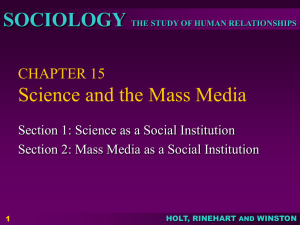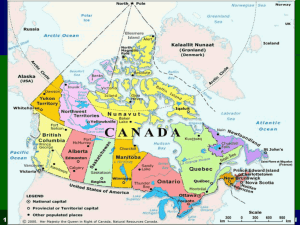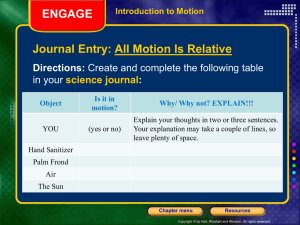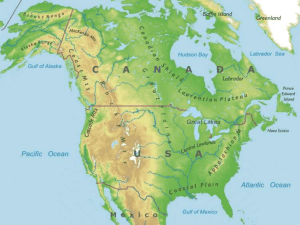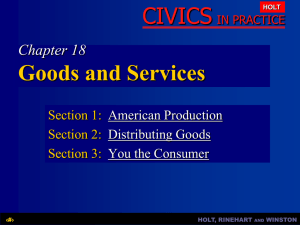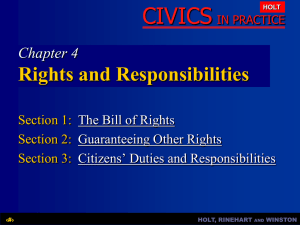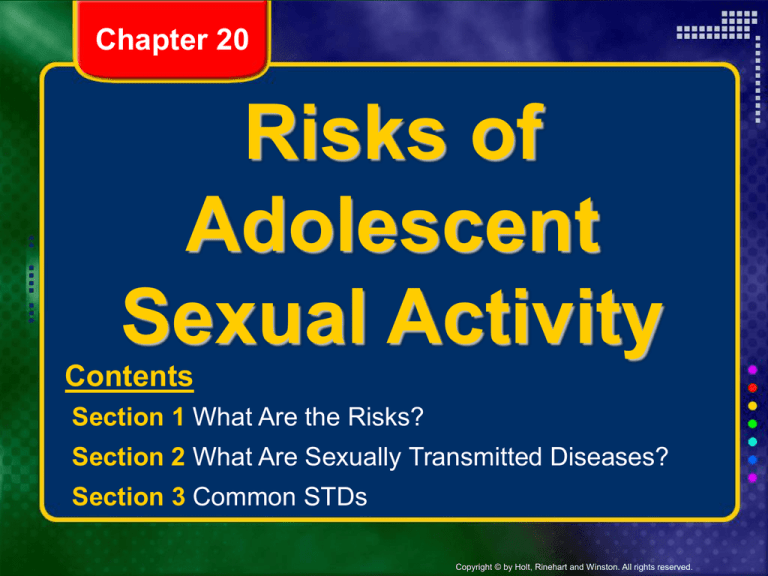
Chapter 20
Risks of
Adolescent
Sexual Activity
Contents
Section 1 What Are the Risks?
Section 2 What Are Sexually Transmitted Diseases?
Section 3 Common STDs
Copyright © by Holt, Rinehart and Winston. All rights reserved.
Chapter 20
Risks of Adolescent Sexual Activity
Section 1
What Are the Risks?
Copyright © by Holt, Rinehart and Winston. All rights reserved.
Chapter 20
Section 1 What Are the Risks?
Risks of Teen Sexual Activity
• Possible consequences of teen sexual
activity include:
• STD’s
• unplanned pregnancy
• complicates / changes the relationship
• loss of self-esteem
• Abstinence is the only PROVEN 100%
EFFECTIVE way to eliminate the risks of
sexual activity.
Copyright © by Holt, Rinehart and Winston. All rights reserved.
Chapter 20
Section 1 What Are the Risks?
Estimate the
failure rate
for teen condom
use ???
Copyright © by Holt, Rinehart and Winston. All rights reserved.
Chapter 20
Section 1 What Are the Risks?
Teen Pregnancy FACTS
1. 1 in 10 female teenagers (U.S.) gets pregnant
each year (higher in San Antonio).
2. Difficult on the mother’s health.
3. Babies are more likely to have health problems.
4. Less time for yourself.
5. Most teen mothers don’t marry the father.
6. Most teen fathers do not help raise the baby
(supervision or financially).
7. Most teen mothers raise the baby alone.
8. Most pregnant teens do not finish high school.
Copyright © by Holt, Rinehart and Winston. All rights reserved.
Chapter 20
Section 1 What Are the Risks?
Abstinence Eliminates the
Risks of Teen Sexual Activity
Copyright © by Holt, Rinehart and Winston. All rights reserved.
Chapter 20
Risks of Adolescent Sexual Activity
Section 2
What Are Sexually
Transmitted Diseases?
Copyright © by Holt, Rinehart and Winston. All rights reserved.
Chapter 20
Section 2 What Are Sexually
Transmitted Diseases?
STDs: The Silent Epidemic (reasons why…)
• Many STDs are asymptomatic (no symptoms), so
they’re unknowingly spread to other people.
• Because of this, sexually active people should
undergo regular testing for STDs, even if they
don’t have any symptoms.
Copyright © by Holt, Rinehart and Winston. All rights reserved.
Chapter 20
Section 2 What Are Sexually
Transmitted Diseases?
Behaviors that put teens at risk for STDs:
• being sexually active (duh!)
• having multiple sexual partners (the risk increases
as the number of partners increases)
• having sex with a partner who has a sexual history
of their own (there’s an old saying: “When you have
sex with someone, you’re really having sex with
everyone they’ve had sex with, too.”)
• risk-taking personality (ignoring risks)
• sense of infallibility (bad things won’t happen to ME)
• using alcohol or drugs (alters judgement)
Copyright © by Holt, Rinehart and Winston. All rights reserved.
Chapter 20
Section 2 What Are Sexually
Transmitted Diseases?
Preventing STDs
• practice abstinence
• don’t put yourself in risky situations
• avoiding alcohol and drugs
• learning the facts about STDs
• choosing friends who influence you positively
• going out as a group
• being aware of your emotions (not acting
impulsively)
Copyright © by Holt, Rinehart and Winston. All rights reserved.
Chapter 20
Risks of Adolescent Sexual Activity
Section 3
Common STDs
Copyright © by Holt, Rinehart and Winston. All rights reserved.
Chapter 20
Section 3 Common STDs
How Are STDs Spread?
• any (sexual) activity that brings a person into
contact with body fluids from an infected
person
• any (sexual) activity in which one person’s
genitals contacts another person’s skin or
mucous membranes (mucus membranes
easily absorb fluids)
• direct contact with open sores
• a mother to her baby before or during birth, or
during breast-feeding
Copyright © by Holt, Rinehart and Winston. All rights reserved.
Chapter 20
Section 3 Common STDs
How STDs CANNOT be Spread
• Kissing
• Sharing eating utensils
• Holding hands
• Using public toilets
Copyright © by Holt, Rinehart and Winston. All rights reserved.
Chapter 20
Section 3 Common STDs
STDs Can Cause PERMANENT Damage
• VIRAL STDs cannot be cured.
• Some STDs can cause miscarriages or
infant blindness (gonorrhea).
• Being informed about STDs can help you
avoid them.
• If you think you might have been exposed
to an STD, see a doctor as soon as
possible
Copyright © by Holt, Rinehart and Winston. All rights reserved.
Copyright © by Holt, Rinehart and Winston. All rights reserved.
Gonorrhea
Copyright © by Holt, Rinehart and Winston. All rights reserved.
Copyright © by Holt, Rinehart and Winston. All rights reserved.
Chlamydia
Copyright © by Holt, Rinehart and Winston. All rights reserved.
Copyright © by Holt, Rinehart and Winston. All rights reserved.
Pelvic Inflammatory Disease
Copyright © by Holt, Rinehart and Winston. All rights reserved.
Copyright © by Holt, Rinehart and Winston. All rights reserved.
Syphilis
Copyright © by Holt, Rinehart and Winston. All rights reserved.
Copyright © by Holt, Rinehart and Winston. All rights reserved.
Human Papilloma Virus (HPV)
&
Genital Warts
Copyright © by Holt, Rinehart and Winston. All rights reserved.
Copyright © by Holt, Rinehart and Winston. All rights reserved.
Copyright © by Holt, Rinehart and Winston. All rights reserved.
Genital Herpes
Copyright © by Holt, Rinehart and Winston. All rights reserved.
Copyright © by Holt, Rinehart and Winston. All rights reserved.
Copyright © by Holt, Rinehart and Winston. All rights reserved.
Pubic Lice
Copyright © by Holt, Rinehart and Winston. All rights reserved.
Scabies
Copyright © by Holt, Rinehart and Winston. All rights reserved.
Trichomoniasis
Males usually have
no symptoms
Copyright © by Holt, Rinehart and Winston. All rights reserved.
End of Chapter 20
Copyright © by Holt, Rinehart and Winston. All rights reserved.

